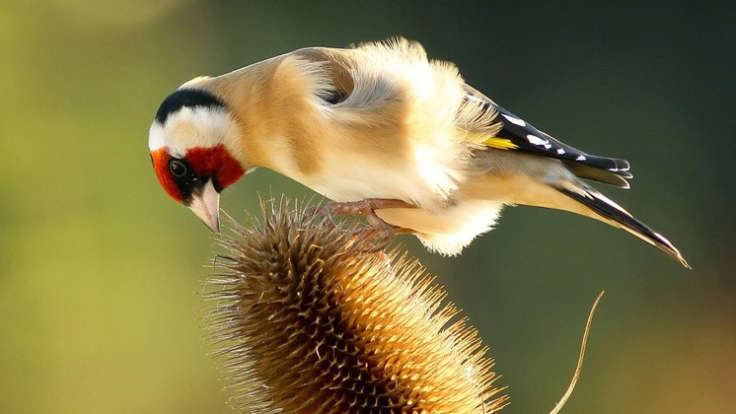
Goldfinch feeding on a Teasel perfectly captures the idea of a native wildlife garden
Despite my ambivalence toward aesthetics, a pretty picture can connect a wildlife forest garden with a wider audience
Whilst designing a small wildlife forest garden for some clients in London, I was searching for information about the Teasel on the RHS plant finder. I happened to stumble across the seed sale page, and was greeted by a glorious photograph of a feeding Goldfinch.
I showed the photo to the client and straightaway they said “I want Teasels!”.
This really brought home the importance of a good photo. Benjamin Vogt, author of the vital book A New Garden Ethic is doing some pioneering work in native plant gardening in North America, and some of his photos are just gorgeous. Even if I wasn’t aware of the ecosystem benefits of native plants, I would be sold on the idea!
I wrote a blog post recently about the sheer number of insect species a Common Oak tree supports. I took a screenshot from the amazing Database of Insects and their Food Plants because it blew me away: 247 species of inverterbrate. I just think that is so cool. But, it’s not a pretty picture!

The 274 species of inverterbrate that call the Common Oak home
I think wildlife and forest gardens are essential, because the emphasis is on working with nature. They are still quite niche though and my work is to help spread the word about why they are so good. And a huge part of this is conveying the sense and wonder of the forest garden, with pretty picutres if need be. A case in point is the stunning National Geographic short film of Martin Crawford’s forest garden (374,000 views!).